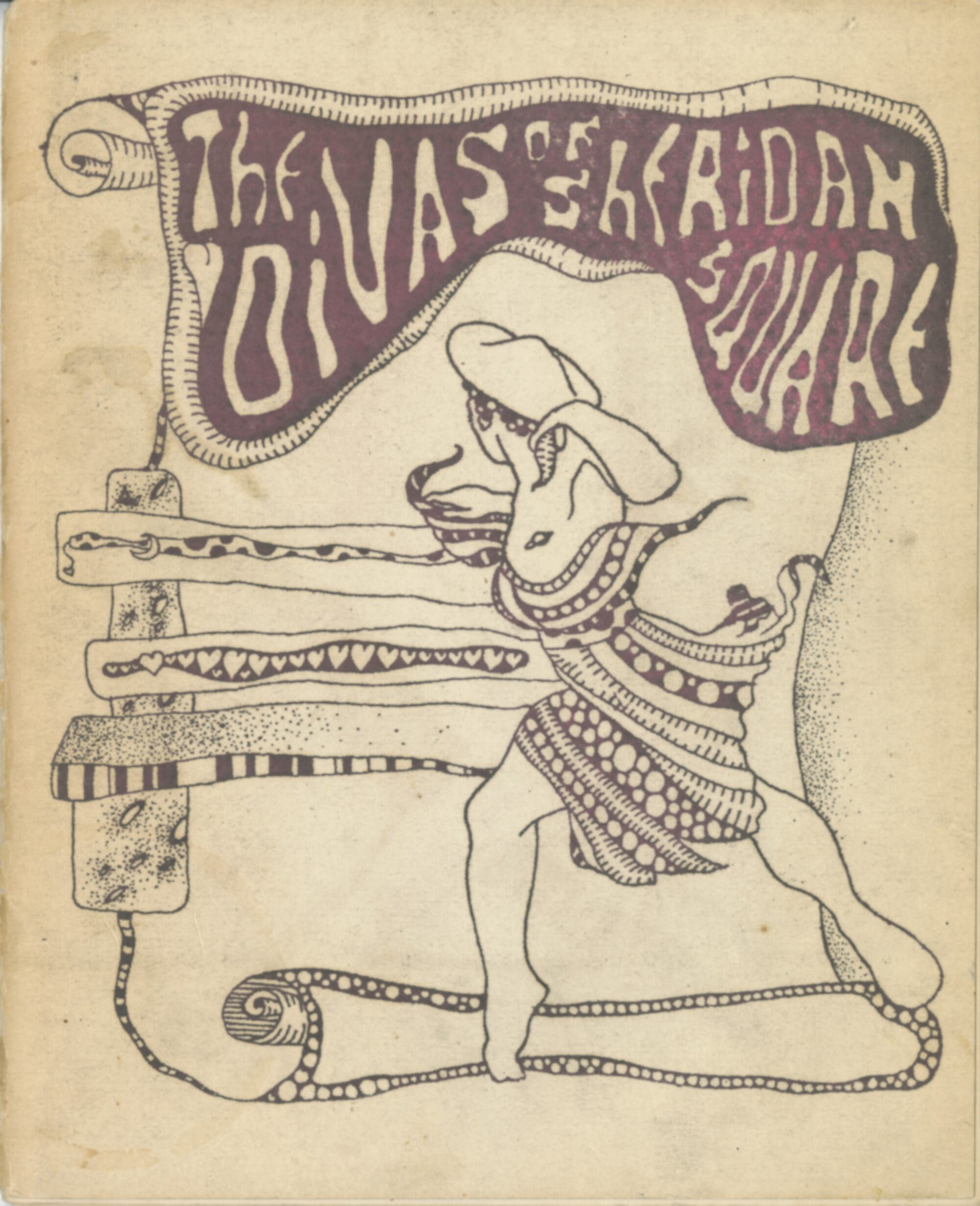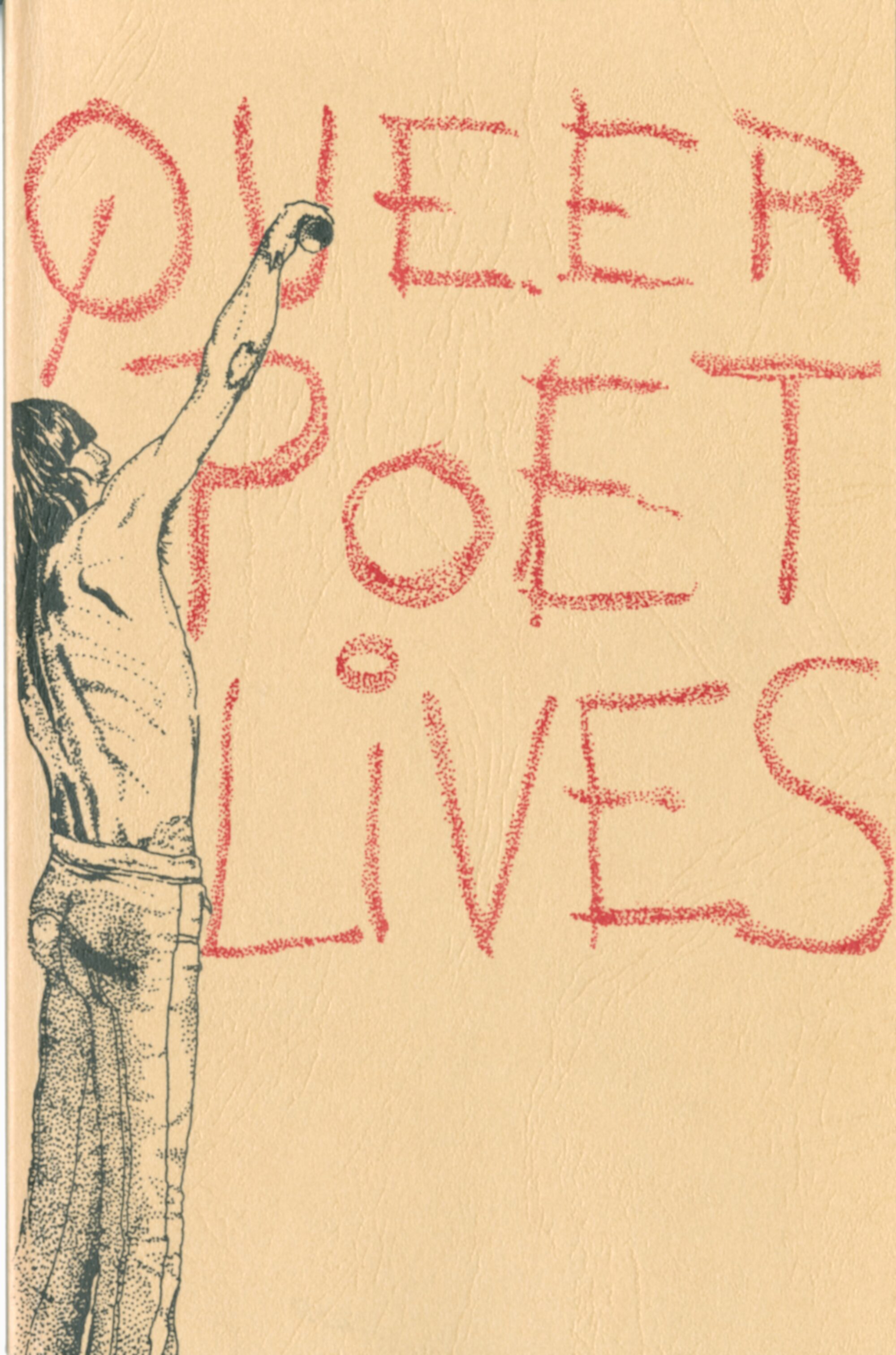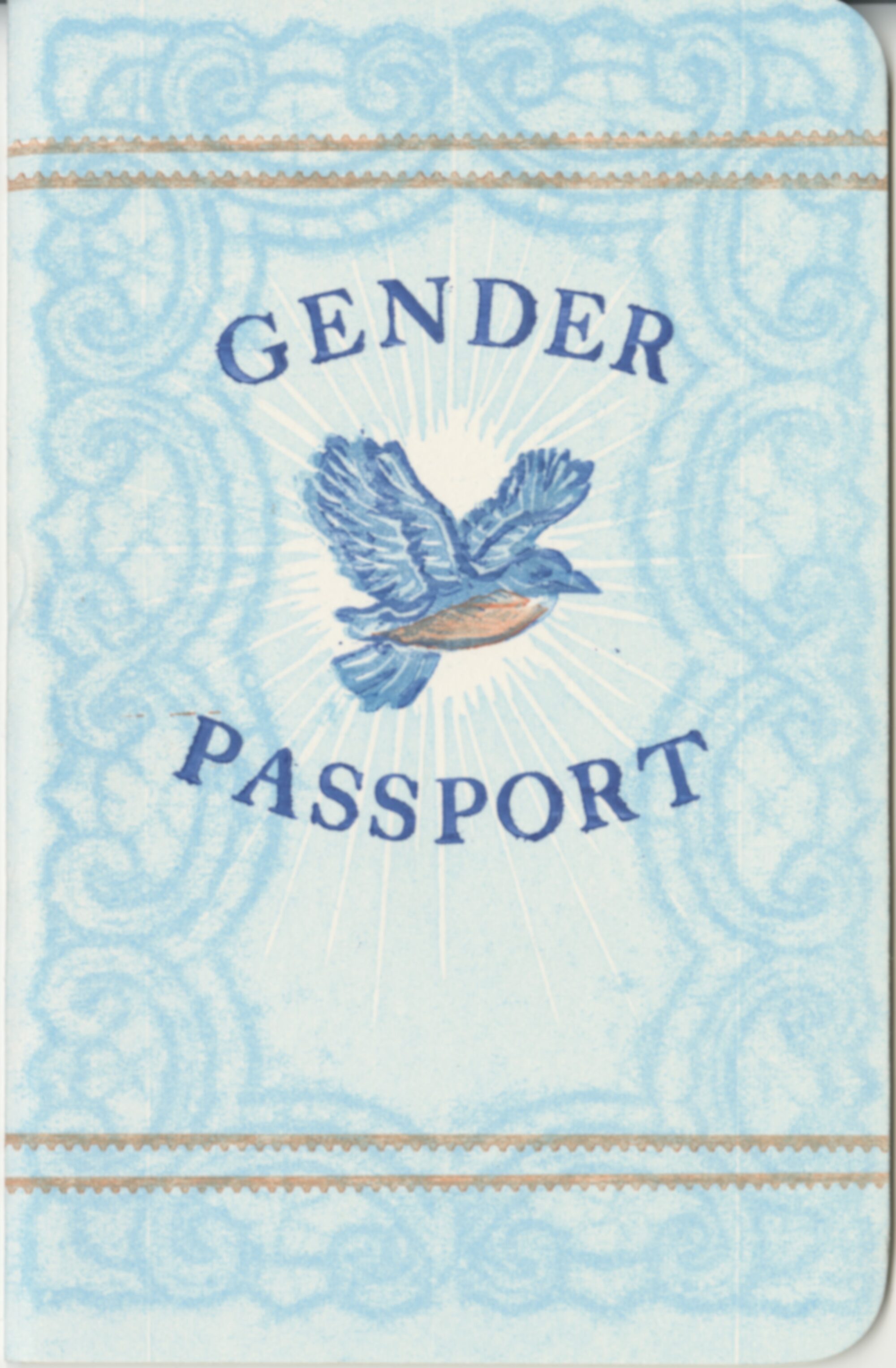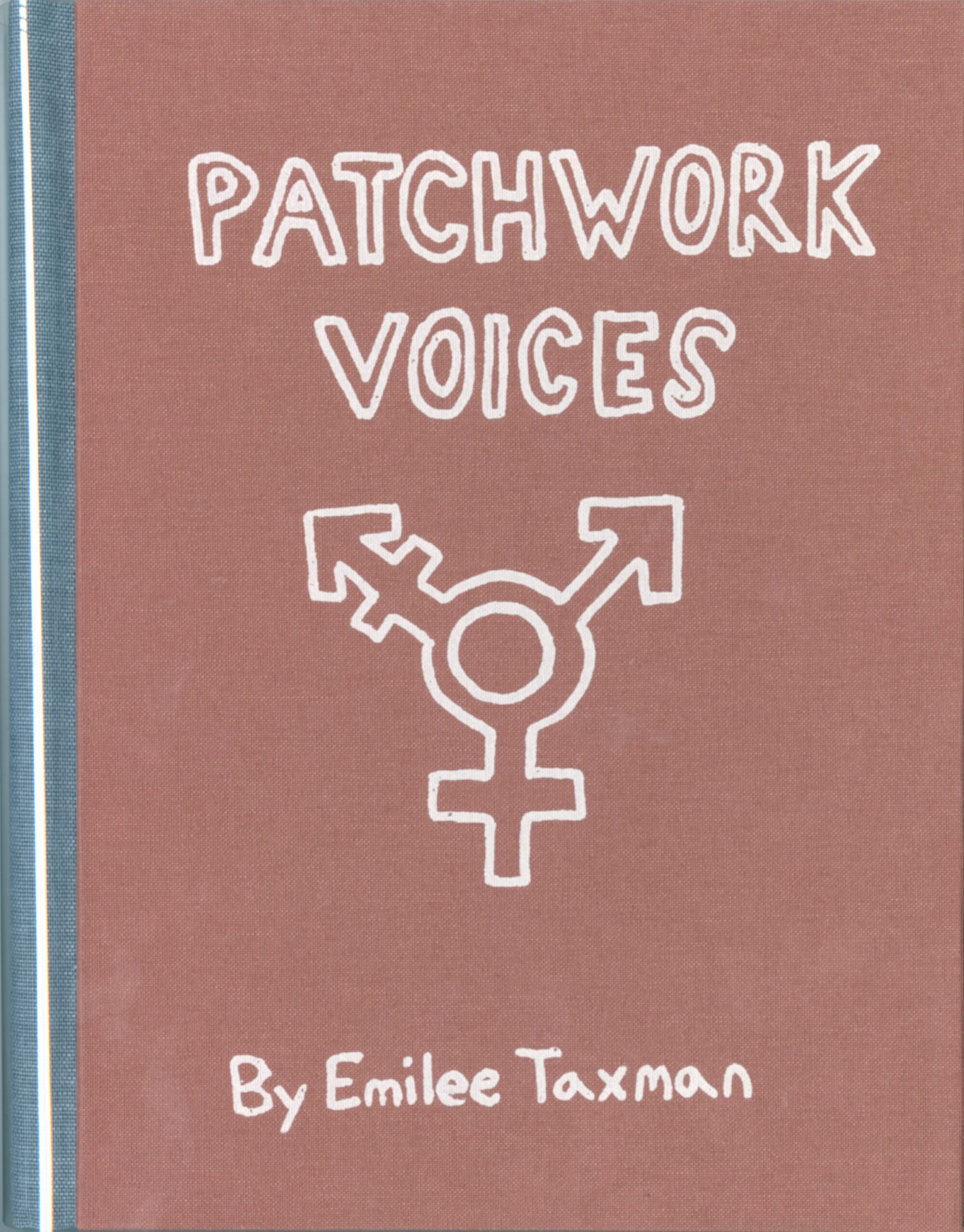Making Our Mark: Queer Visual Art and Culture in the Modern Era
Shields Library (Lobby - Archives and Special Collections)
April 18, 2025 - September 19, 2025
With candor and veracity, this exhibit displays how queer communities across the United States are using visual art and poetry to render themselves larger than life, resist erasure, and make their indelible mark on history.
“Making Our Mark” features over two dozen queer works and draws primarily from Archives and Special Collections’ LGBTQIA+ History and Culture Collection, and Fine Press and Book Arts Collection. One piece is from our Avant Garde Poetry Collection.
Claiming Pasts, Presents and Futures
Our history and our identities are intricately tied together. It is through history that we are able to form our identities and how we fit into the world. Yet history often erases the pasts of the oppressed, making it difficult to understand ourselves and our place in the world.
So how do we form our identities if our pasts are hidden from us? How do we discover these pasts? How do we make our presents big and loud enough to escape erasure? And how do we envision our pasts as the catalysts for our presents and futures?
Monumentality
The answer for many oppressed communities—in this case, queer communities—is to not allow ourselves to be made small enough to hide away, but rather to make ourselves unapologetically BIG. We turn toward memory preservation strategies within art and poetry such as monumentality, which ensure that history carries our memories forward to future generations.
In order to achieve monumentality, four categories must be reached within a given piece: durability, power, expansion, and an epideictic impulse. Let’s explore each category.

Durability
Durability is perhaps one of the most crucial aspects of monumentality. It demands the ability of an object to transcend the death of the creator, lasting well beyond into the future. For queer communities in the late 20th century, this became especially important with the onset of AIDS and its devastating effect on queer communities throughout the world.

Power and Expansion
Power and expansion refer to an object’s ability to not only carve out space for itself but also to hold and spread that space within the public mindset. While taking up physical space can be difficult to attain for oppressed communities, queer artists and poets nevertheless attempt to achieve their own space within the world through their life and work.

Epideictic Impulse
An epideictic impulse describes a form of rhetoric that is meant not only to educate the public about the past but also to provide a call to action for what the public should do with its future. It either casts praise or shame upon its historical subjects and asks the public to carry these sentiments into the future.
Queer artists and poets perform this impulse in their own art and writing in order to educate the public with a positive sense of their historical communities and the imperative to carry this praise and positive outlook into the future.

This exhibit complies with federal and state non-discrimination laws, is applicable to living our values, and is open to all members of the campus community.